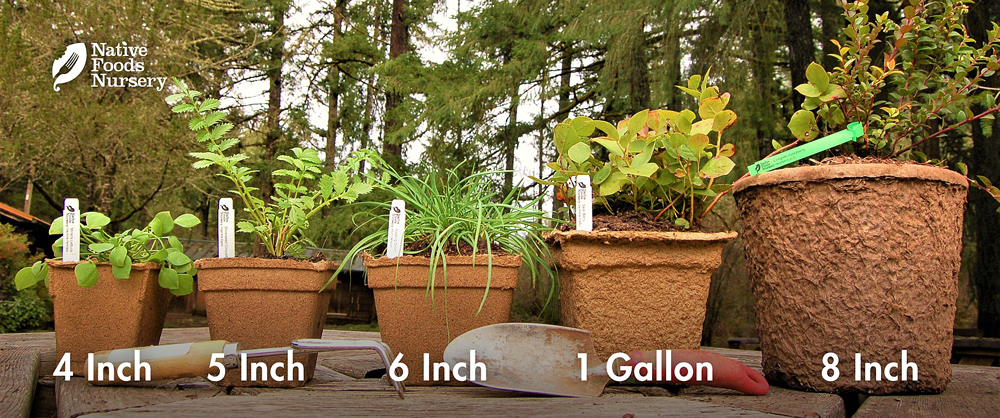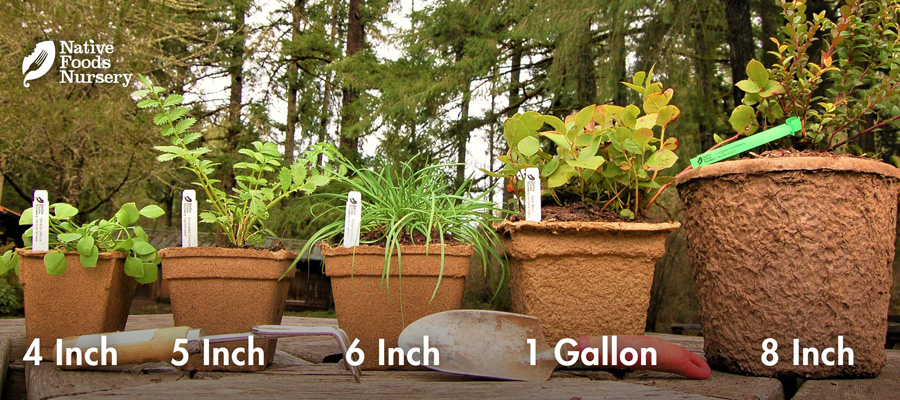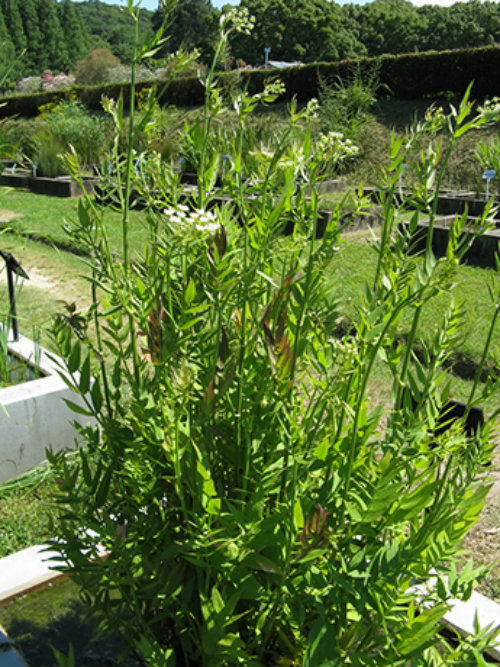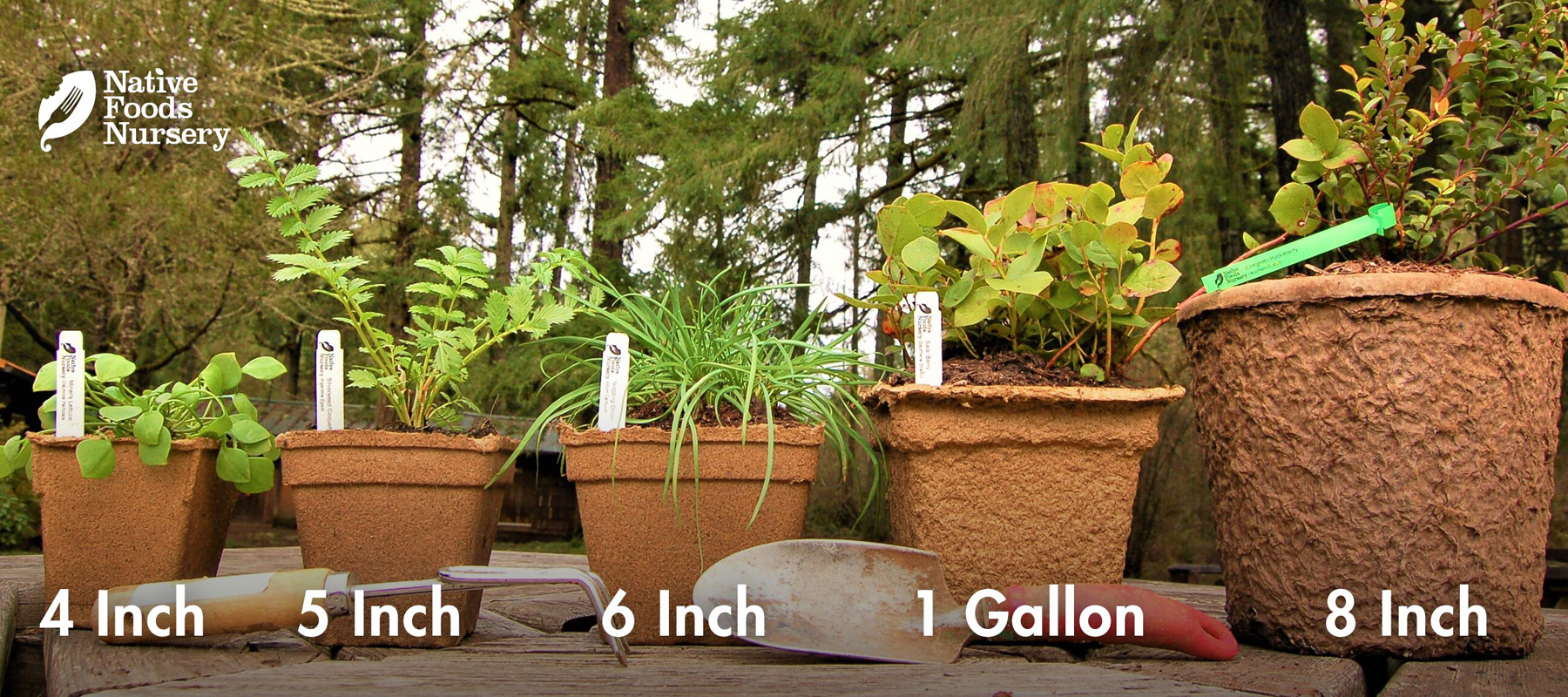Water Parsnip
- Current Stock:
- 0
- Other Names:
- Water Parsley
- Latin Name:
- Sium Suave
Water Parsnip is a moisture-loving native plant in the carrot family with crisp, sweet roots - just like a carrot!
Edible Uses
Water Parsnip is a perennial herb and native food with delicious carrot like roots that thrives in wet and aquatic conditions. The plants have a cluster of long, fleshy white roots that resemble small parsnips. The roots are crunchy and sweet and can be eaten raw or cooked. Use the roots any way you would a carrot, to which the Water Parsnip is related. They can be eaten raw and whole, shredded and added to salads or rice bowls, and cooked into soups and stir fries.
WARNING: Water Parsnip resembles the highly toxic Water Hemlock and favors similar environments. Always take time to identify what you are harvesting and use extra caution when wild harvesting.
Ornamental Qualities
The Water Parsnip has tall elegant stalks which terminate in tall, dense clusters of tiny, creamy white flowers growing in large umbrella shape. The leaves are unusual in that they very greatly depending on whether they are growing in an aquatic, semi aquatic or terrestrial environment. Although not as large as Indian Celery, Water Parsnip can grow to a very stately 6 feet!
Because they thrive in aquatic and semi aquatic environments they grow well in marshy soils, on the edges of permanent ponds or in vernal pools. They are attractive to native pollinators and will be popular with the local bees and butterflies.
Environment and Culture
Water Parsnip can be found growing across the Pacific Northwest along river banks, on the edges of ponds and in and around vernal pools. It can be a useful plant in stream restoration as it grows vigorously in full sun and quickly colonizes bare soil without crowding out other species. Water Parsnip will grow well as an understory species with water loving, open canopy trees like red alder and alongside other semi-aquatic species like Indian Potato and Fool's Onion.
Northwest Native American tribes today still value this special plant as food, medicine, and family. Despite great cultural losses, they continue to work towards stewarding and restoring wild populations, both strengthening the integrity of the ecology and sustaining their cultural heritage and wisdom. These strong and recovering peoples and plants deserve our respect, gratitude, and reparations. (Learn more & how to help on our Charitable Giving page.)
Harvest, Care, and Preparation
The roots can be harvested in early spring up until the plants begin flowering in early summer. After flowering, the roots are still edible but lose their crunchy texture and sweet flavor.
After harvesting the roots, they are best peeled and eaten raw like parsnips or cooked anyway you would a carrot. Harvesting the roots kills the plant and so it is a good practice to help your plant re-seed for a few seasons to establish a stand of plants. This can be accomplished simply by replanting some the roots or harvesting the seed in the fall and growing out new plants in cold frames. Alternatively you can let the plants go to seed and let nature do the the work for you!
Don't let Water Parsnip dry out in the summer, grow in a location where water is available year round or water occasionally during dry periods.
Native Range: CA, OR, WA, ID, BC
USDA zones: 3-9
Ease of Care: Easy
Deer Resistance: Moderate
Light Requirements: Full Sun
Soil Type: Any
Water Requirements: Moist-Wet
Pollination: Self Fertile
Bearing Age: 1-2 Years
Size at Maturity: 2-6 Feet
Bloom Time: July-Septemeber
Harvest Time: Spring-Early Summer
Pot Sizing Guide









